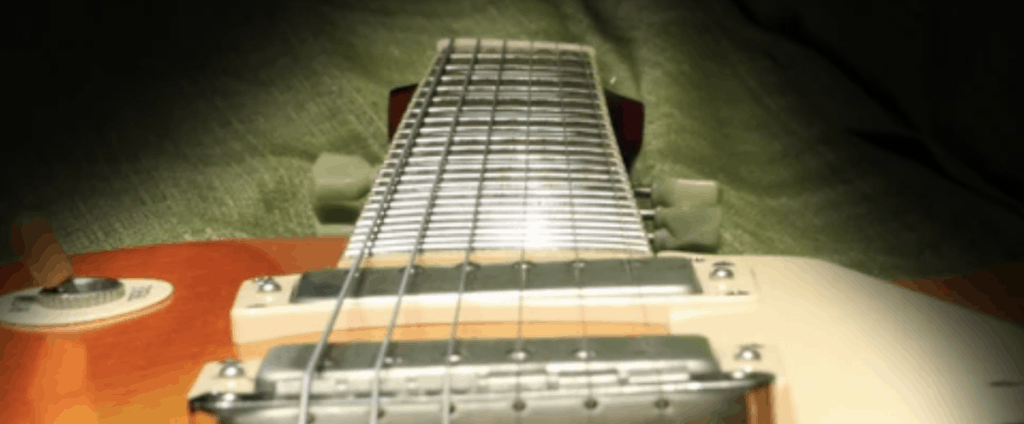Lindell Baker
New Member
Recently got a new Epi Sheraton II Pro. Been attempting to do setup myself. Pretty much a rookie. Been watching a bunch of youtube set-up videos. Adjusted relief, action, intonation and pick-ups. Intonation still needs a little work. Not sure what to do about bridge and stop bar height adjustment. Pics below show how they came from the factory. The base side of the bridge seems pretty high to me but don’t really know what Im talking about. Treble side of bridge is much lower and looks reasonable I suppose. Would like some input on the height adjustment of the bridge/stop bar. The action seems to be about right the way it is but the bridge height looks kinda screwy to my uneducated eye. Is the base side of the bridge being so high a problem? Thought about adjusting bridge/stop bar to height mid points and check/redo relief and action. Not sure what to do. The bridge height just looks kinda screwy to me the way it is now. What do you think? Should I adjust the bridge? Should there be such a big difference between the bass and treble side height on the bridge? What is the relationship between bridge height and stop bar height? If the stop bar is low does that effect how the height of the bridge should be adjusted and vice versa?
Hopefully photos will work now. Used a different hosting site. Let me know if you can see them now.

Pic shows how high base side of bridge. Seems kinda high.

Lower pic shows height of treble side of bridge. Seems reasonable.
Hopefully photos will work now. Used a different hosting site. Let me know if you can see them now.

Pic shows how high base side of bridge. Seems kinda high.

Lower pic shows height of treble side of bridge. Seems reasonable.
Last edited:

